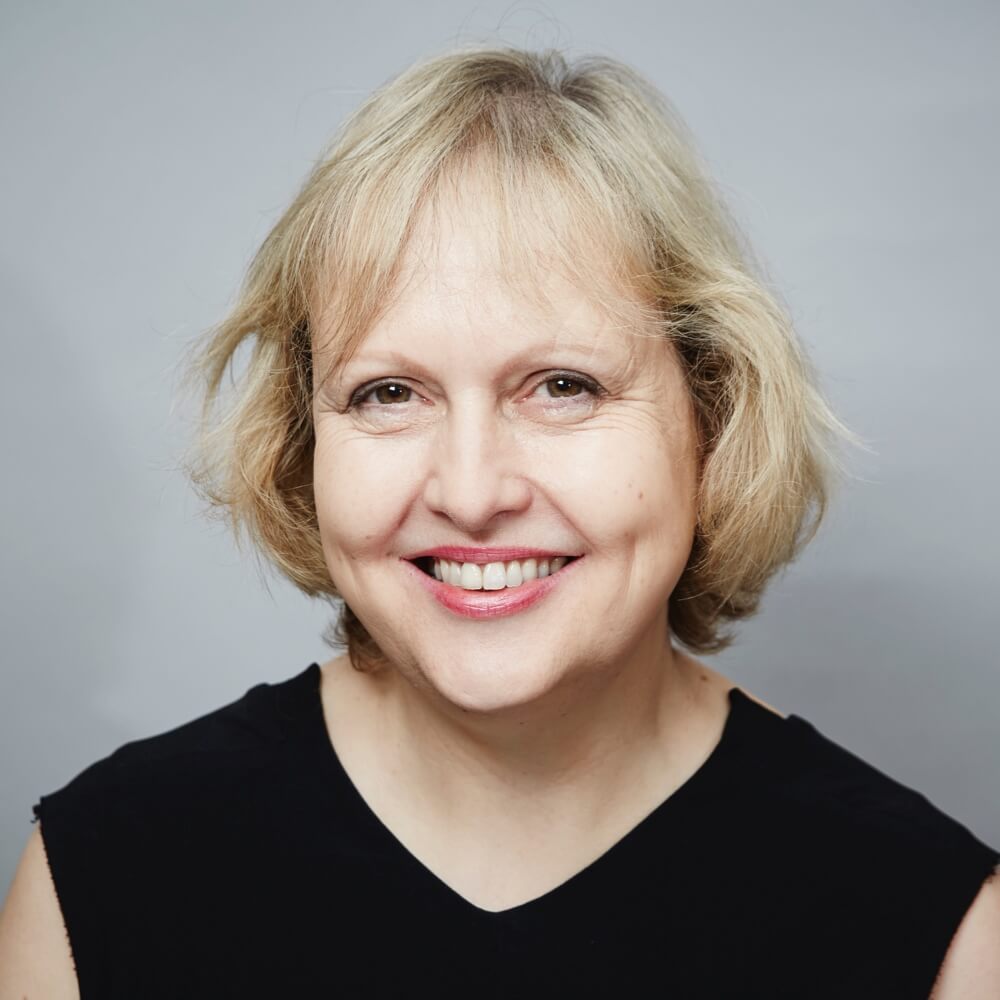Wide Horizons
The market for contemporary African design is evolving.
IN NOVEMBER 2015, Christie’s in London included examples of African contemporary design for the first time in its annual Design Auction. Working in collaboration with the Cape Town based gallery, Southern Guild, it included 12 works from the top tier of emerging African talent, including Andile Dyalvane, Astrid Dahl, Beth Diane Armstrong, David Krynauw, Dokter and Misses, Dylan Lewis, Gregor Jenkin, Ian Garrett, John Vogel, and Meyer von Wielligh. There was also a collaborative ‘Topple’ carpet by John Murray and Paco Pakdoust, as well as a ‘Seemo’ seating installation by Porky Hefer and Peter Mabeo. This was very much a dipping of the toe into new waters for Christie’s, but as Simon Andrews, International Specialist Design recalls, it was an encouraging start, “Of those 12 pieces, eight sold. Bearing in mind that none of these artists had an international reputation, an auction track record or had appeared on any of the notable art market websites, that proved our instincts were correct. It was also interesting to see that those eight pieces attracted collectors from across the world, including North America and the Middle East.” Pieces sold averaged £25,000 performing well within their estimates. ‘Console 2’ by Dylan Lewis sold for £47,500; ‘Umbhaco Vase’ by Andile Dyalvane for £22,500; and ‘Topple’ carpet by John Murray and Paco Pakdoust for £25,000.
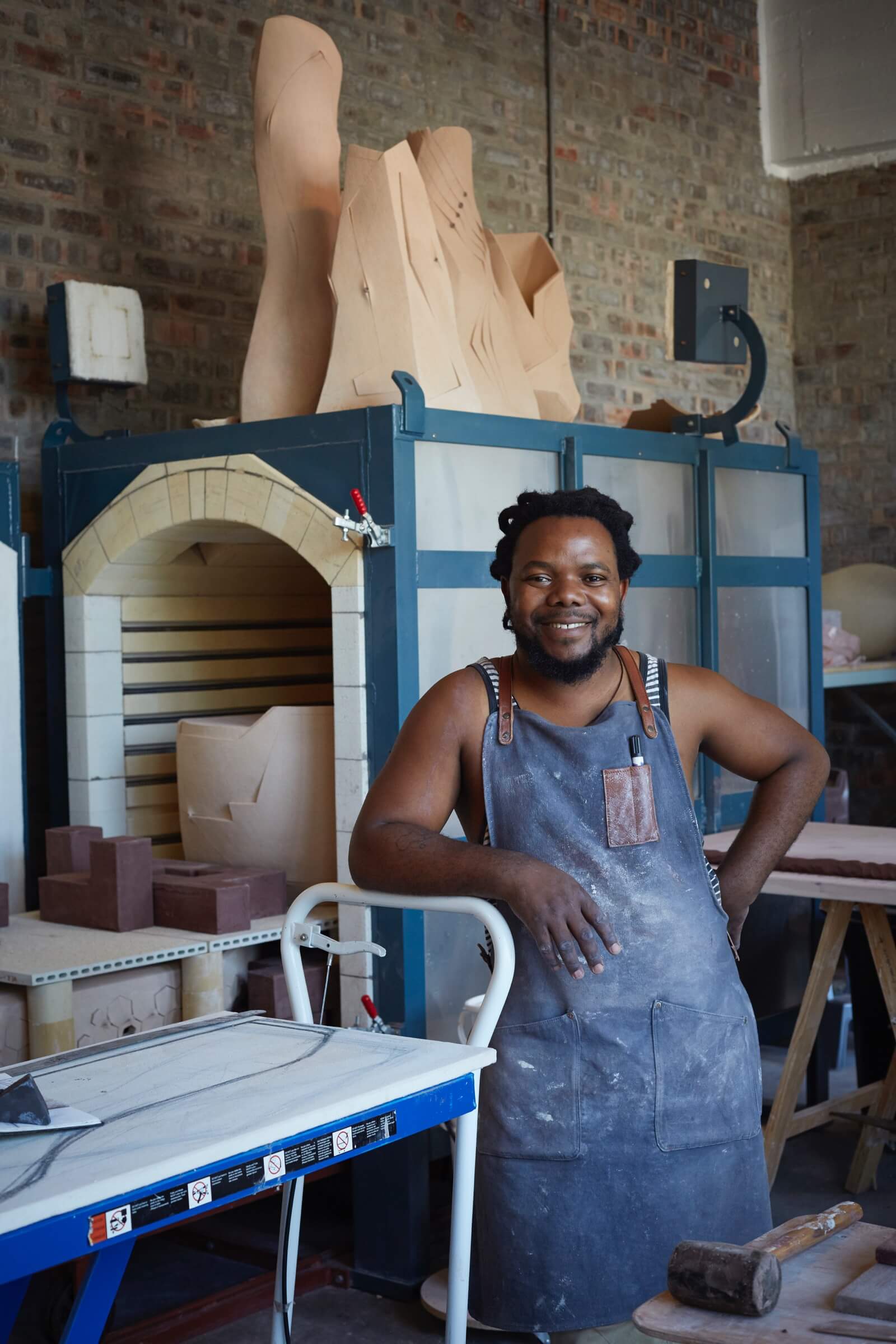
Andile Dyalvane
COURTESY: Southern Guild / PHOTOGRAPH: Justin Patrick
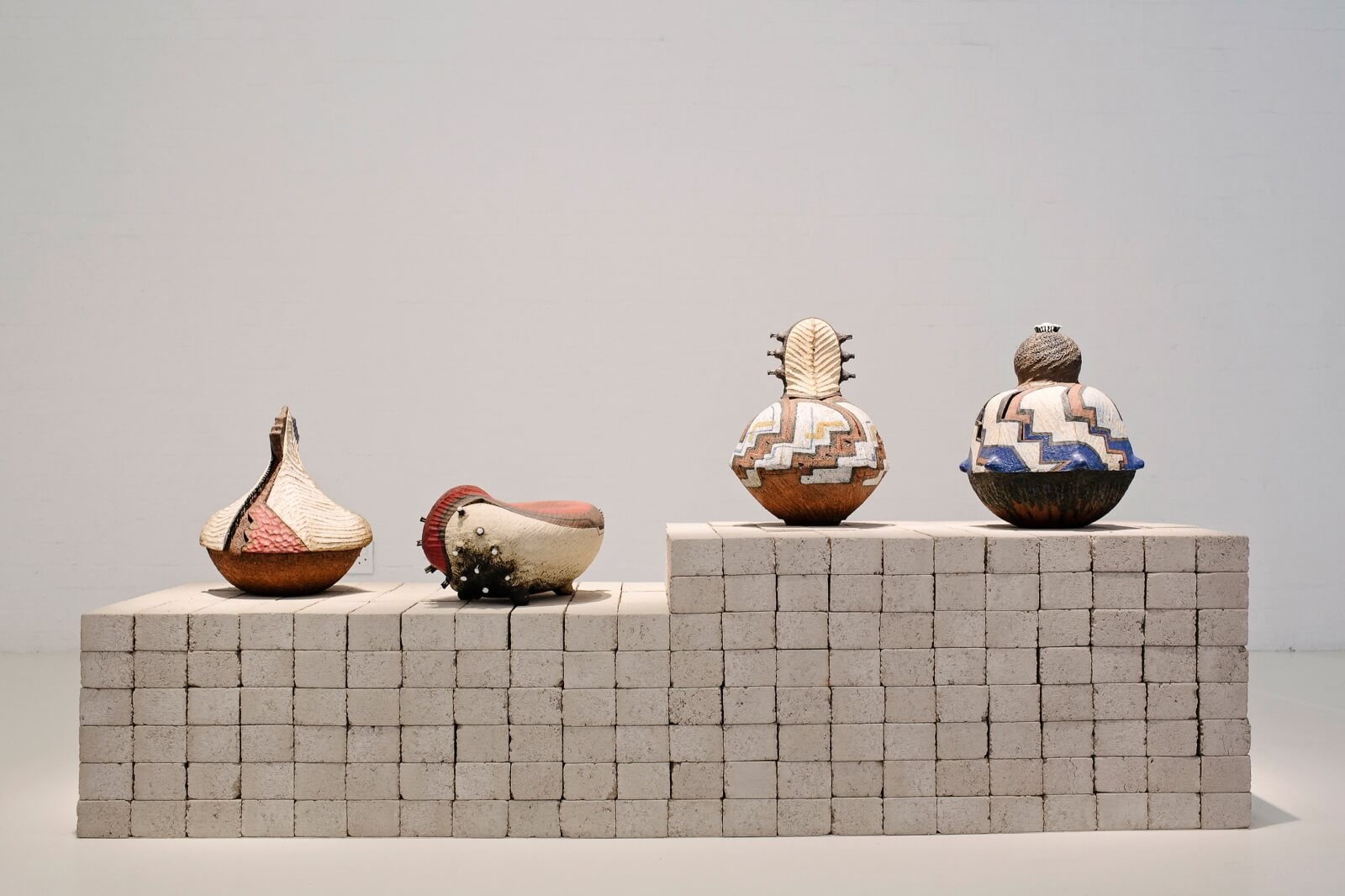
Andile Dyalvane, ‘Idladla opening’, 2017
COURTESY: Southern Guild / PHOTOGRAPH: Kate McLuckie
The sale came about as a result of Andrews and colleagues visiting Design Miami/Basel in the summer of that year and being impressed by the quality and originality of the work shown by Southern Guild. “It was a show that really caught our eye,” says Andrews. “Design continually reinvents itself with new dialogues, materials, techniques and spirit – and that was all present in the works shown. It was a region that had been under-explored as a whole, but the stand was so expertly curated by Southern Guild that it really opened our eyes to something interesting and refreshing. It wasn’t just that the materials and techniques were new – it was also that it was all so enthusiastically and passionately crafted.”
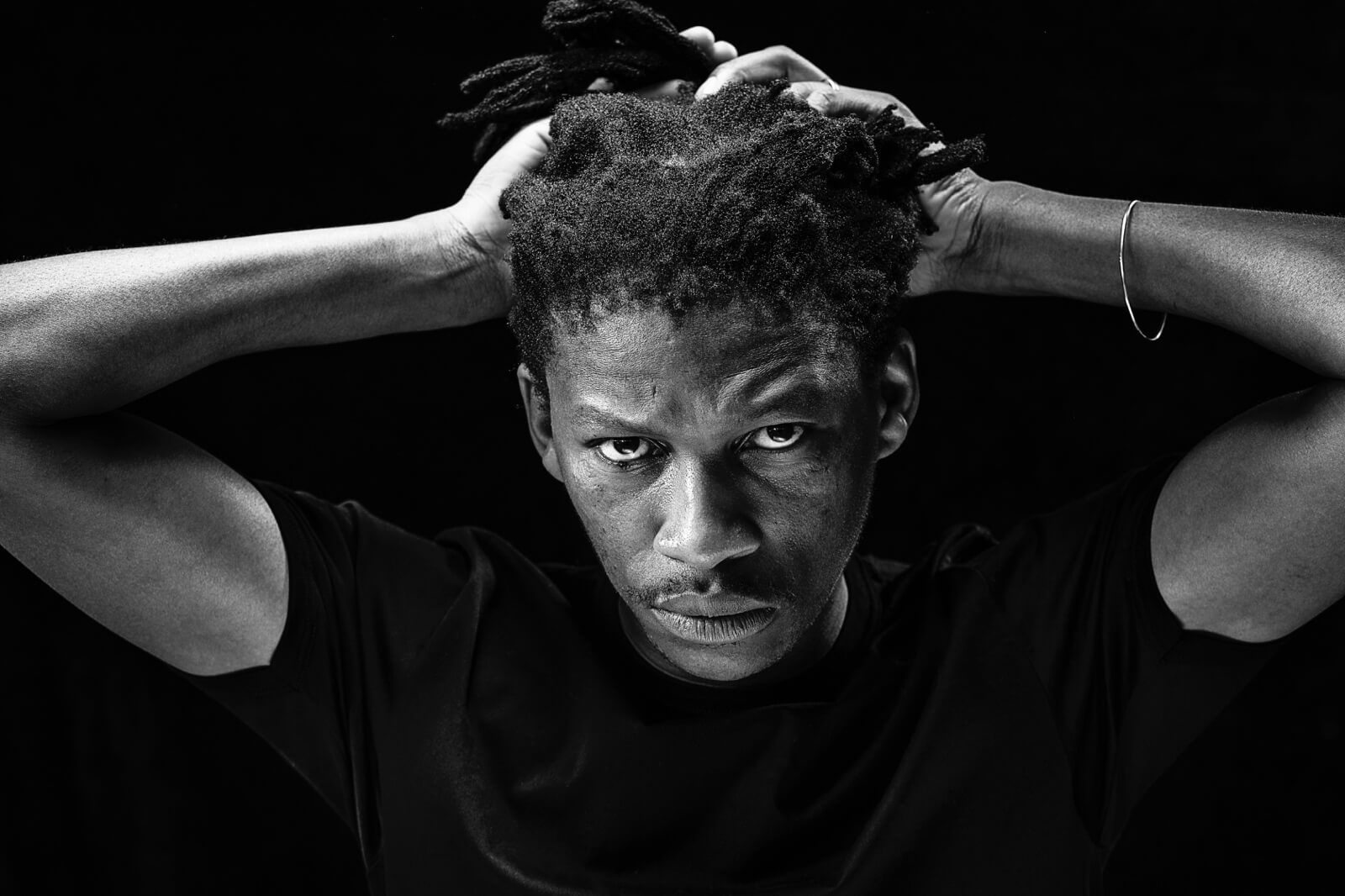
Atang Tshikare
COURTESY: Southern Guild
“In 18 months we have gone from having no contemporary art museums in Africa to having two … that in turn has raised the international profile of the Cape Town Art Fair, attracting significant interest from the rest of the art world”

Atang Tshikare, ‘Le bone Lebone’, 2016
COURTESY: Southern Guild
Since then, Southern Guild – still the only gallery in Africa to be wholly dedicated to collectible, contemporary African design – has gone from strength to strength. Founded by husband-and-wife, Julian and Trevyn McGowan in 2008, it now operates from a 500 sqm gallery in the Silo district of Cape Town, a new and dynamic area that has built up around the Zeitz Museum of Contemporary Art Africa (MOCAA) designed by Thomas Heatherwick. Trevyn McGowan says that the opening of MOCAA in 2017 was a turning-point for African art and design, “In 18 months we have gone from having no contemporary art museums in Africa to having two [the privately owned Norval Foundation in the Steenberg area of Cape Town opened last year] – and that in turn has raised the international profile of the Cape Town Art Fair, attracting significant interest from the rest of the art world. Representatives from the Tate and from the Guggenheim now visit to see what is going on – and so too do international collectors who were always curious to visit, but now have a real reason to come. The trickle-down economy from art leads to high-end fashion, restaurants and hotels, making this a very dynamic and exciting place to be.”
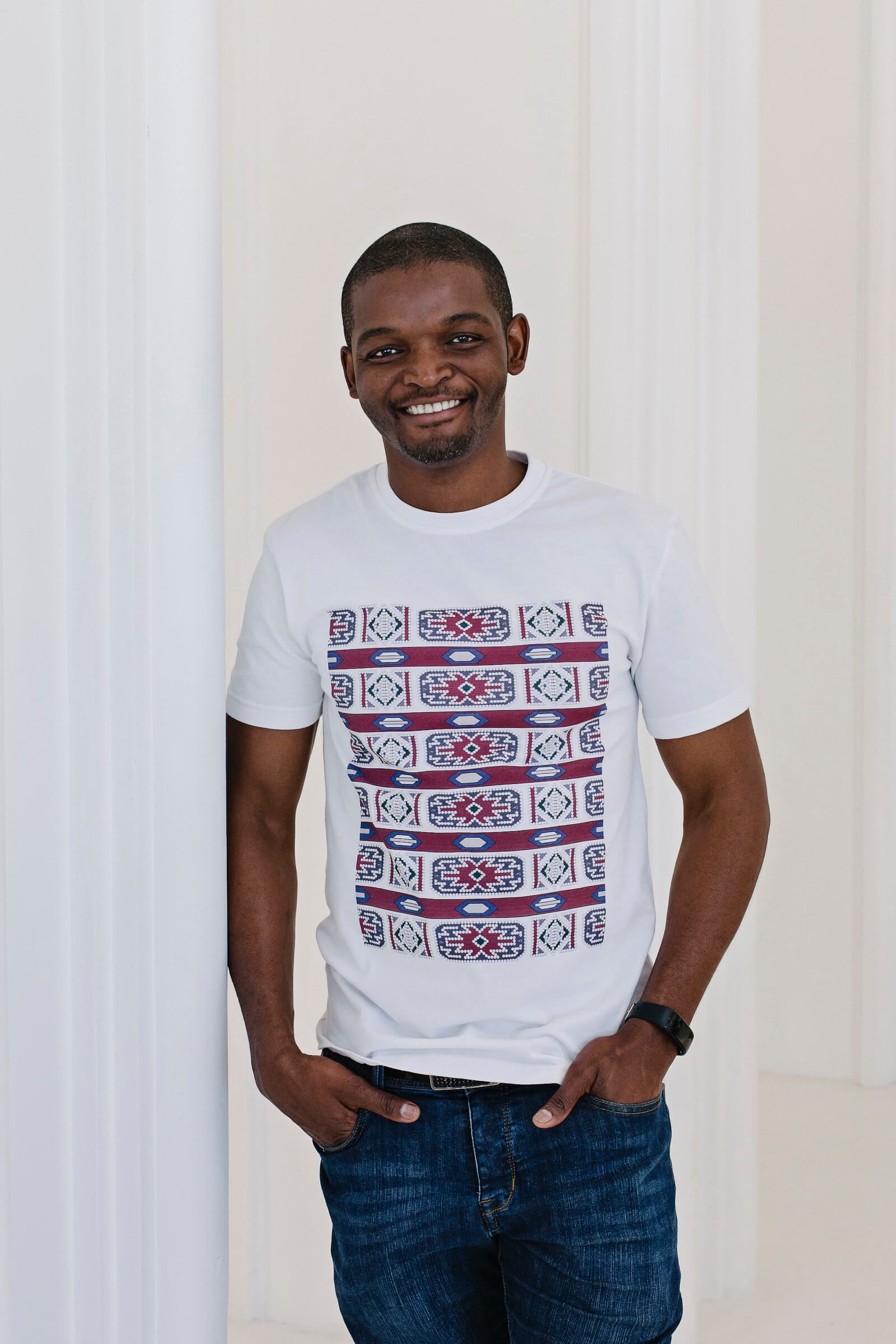
Chuma Maweni
COURTESY: Southern Guild
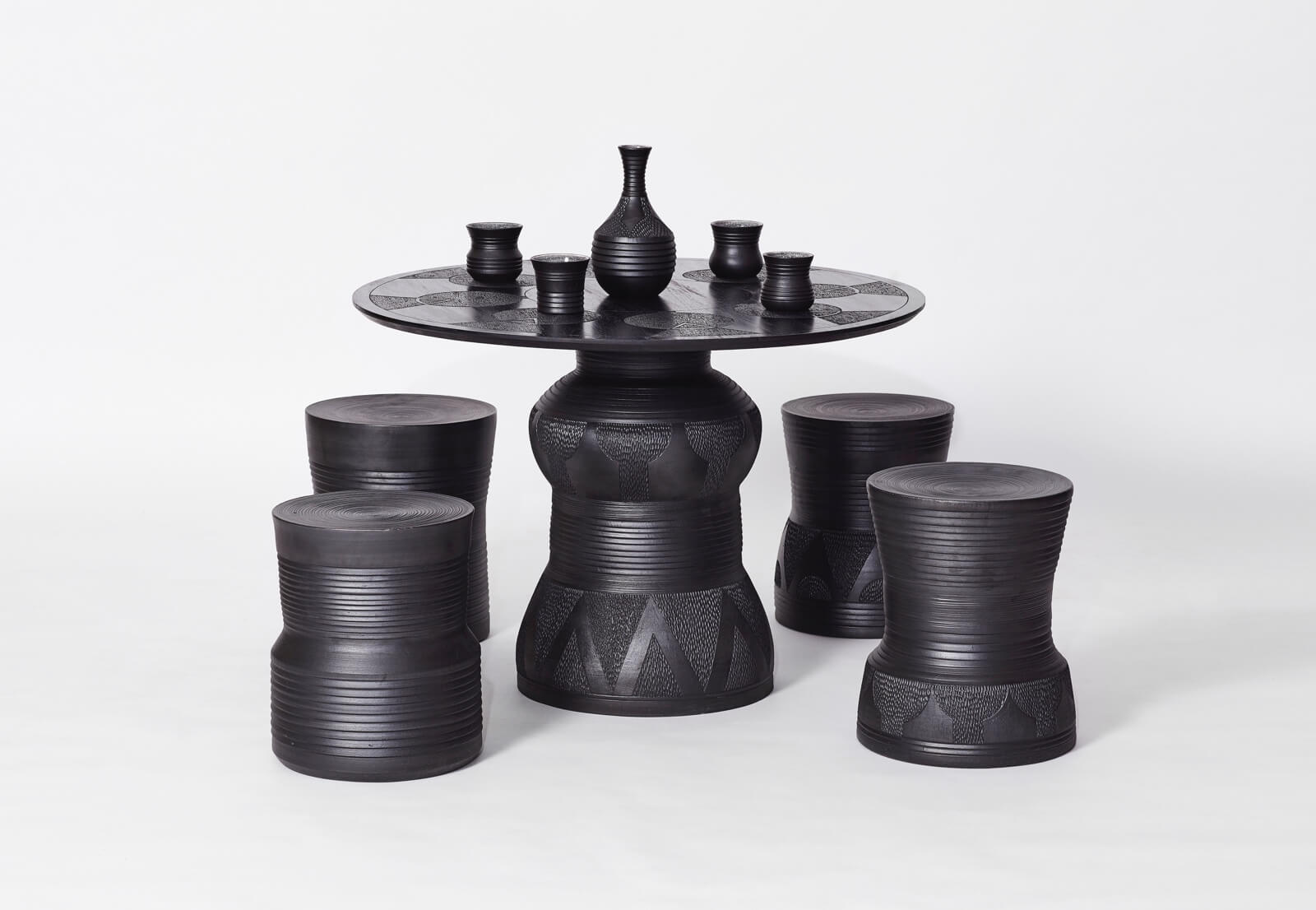
Chuma Maweni, ‘Imbizo’ installation, 2018
COURTESY: Southern Guild / PHOTOGRAPH: Hayden Phipps
JUST AS THE art market has become more sophisticated, so too has Southern Guild. For the first ten years it embarked on a programme of development work with a huge number of young and emerging artist-designers – about 150 in total – but this year the McGowans made a conscious decision to focus on a much smaller group of artists, including Andile Dylavane, Porky Hefer, Atang Tshikare, Chuma Maweni, Conrad Hicks and David Krynauw. “When we first launched Southern Guild, we worked with dozens of artists and partnered with galleries – both locally and internationally – in order to explore, define and articulate who we were and what we wanted to say,” the McGowans explain. “We took work to international fairs such as Design Miami/Basel, Design Days Dubai and the Collective Design Fair in New York because we had no home-grown market of collectors, but we were aware that African design was seen as niche. In the last couple of years that has changed. Not only do international collectors now come to South Africa, but we also have a strong and burgeoning base of African collectors. As the work by our designers becomes more elevated and globally relevant, we as a gallery have brought our focus down to far fewer artists, so we can become much more focused on growing their careers in a meaningful way.”
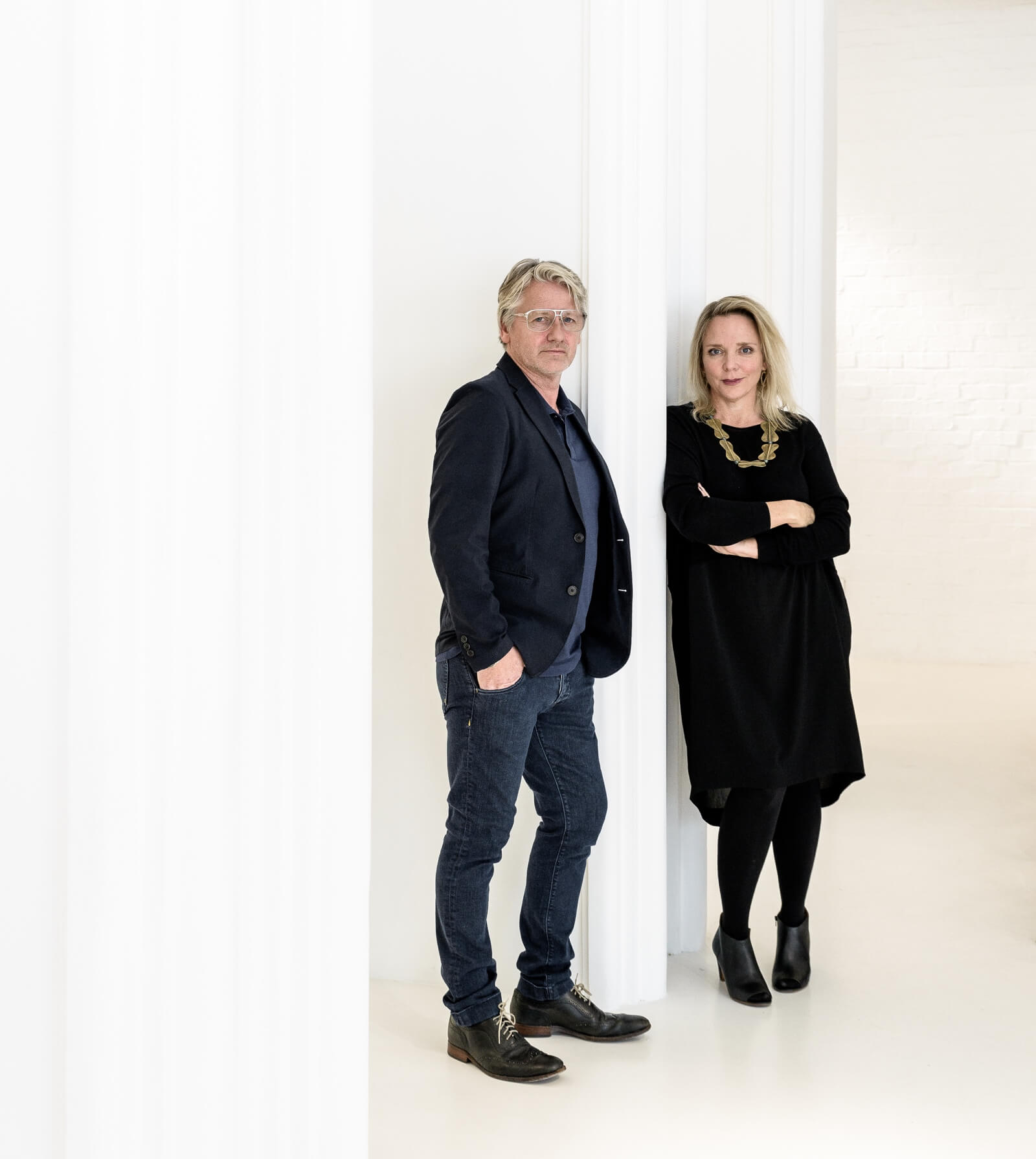
Julian and Trevyn McGowan
COURTESY: Southern Guild / PHOTOGRAPH: Adriaan Louw
It is also notable that a third of the current stable of Southern Guild artists are black – something that has been a very conscious and continuous mandate for Julian and Trevyn. “It was always important to us to be truly representative of the country in which we live,” they emphasise. “Our educational structure does not yet mean equal opportunity, but the talent and dedication does exist here. Julian has encouraged and mentored many artists in order to draw on the existing skill and talent. What matters to us is that the work we represent is credible and is of very fine quality, drawn from African heritage with real cultural resonance. Contextually, it must be different from what the rest of the world is saying and doing.”
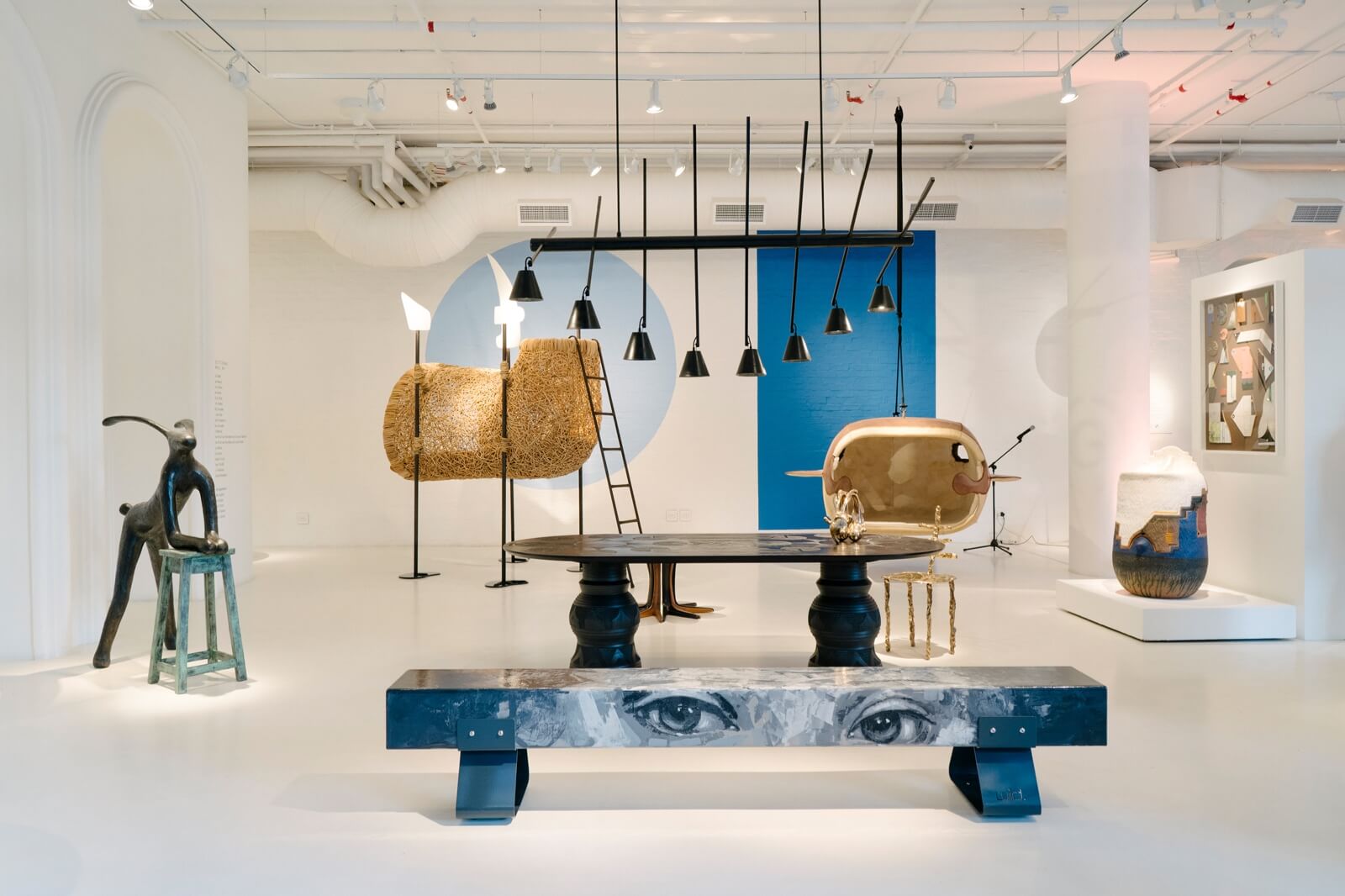
Southern Guild SGX show, 2019
COURTESY: Southern Guild
Husband and wife, Adriaan Hugo and Katy Taplin of Dokter and Misses, for example, have developed an aesthetic that is fundamentally tied to the chaotic city that is Johannesburg; creating clean modern beauty out of its dysfunction and regeneration. Artist Justine Mahoney creates collages and sculptures that mirror her upbringing in the 1970s in Johannesburg, where she grew up knowing little about the harsh political landscape just over the eight-foot wall that surrounded her home. Using her own memories as a source of inspiration, she alludes to both innocence and its loss, creating figurative works that are based on stories told to her by her childhood nanny, and embellished with elements taken from the media and African sculpture. Hamed Ouattara is based in Ouagadougou, Burkina Faso from where he has built up an award-winning reputation for furniture mainly created from recycled metal oil barrels, which pay homage to Burkina Faso’s artisanal metal-working heritage and the discarded oil barrels in primary colours that are a feature of his immediate environment. These disused oil barrels – hammered and shaped by hand – give his work a distinct and energetic aesthetic. Ouattara believes that design contributes to the development of his country, and uses his studio to bring artists together to collaborate and share ideas, “Art has a role to play in the development of Africa,” he insists, “and my work reflects this conviction.”
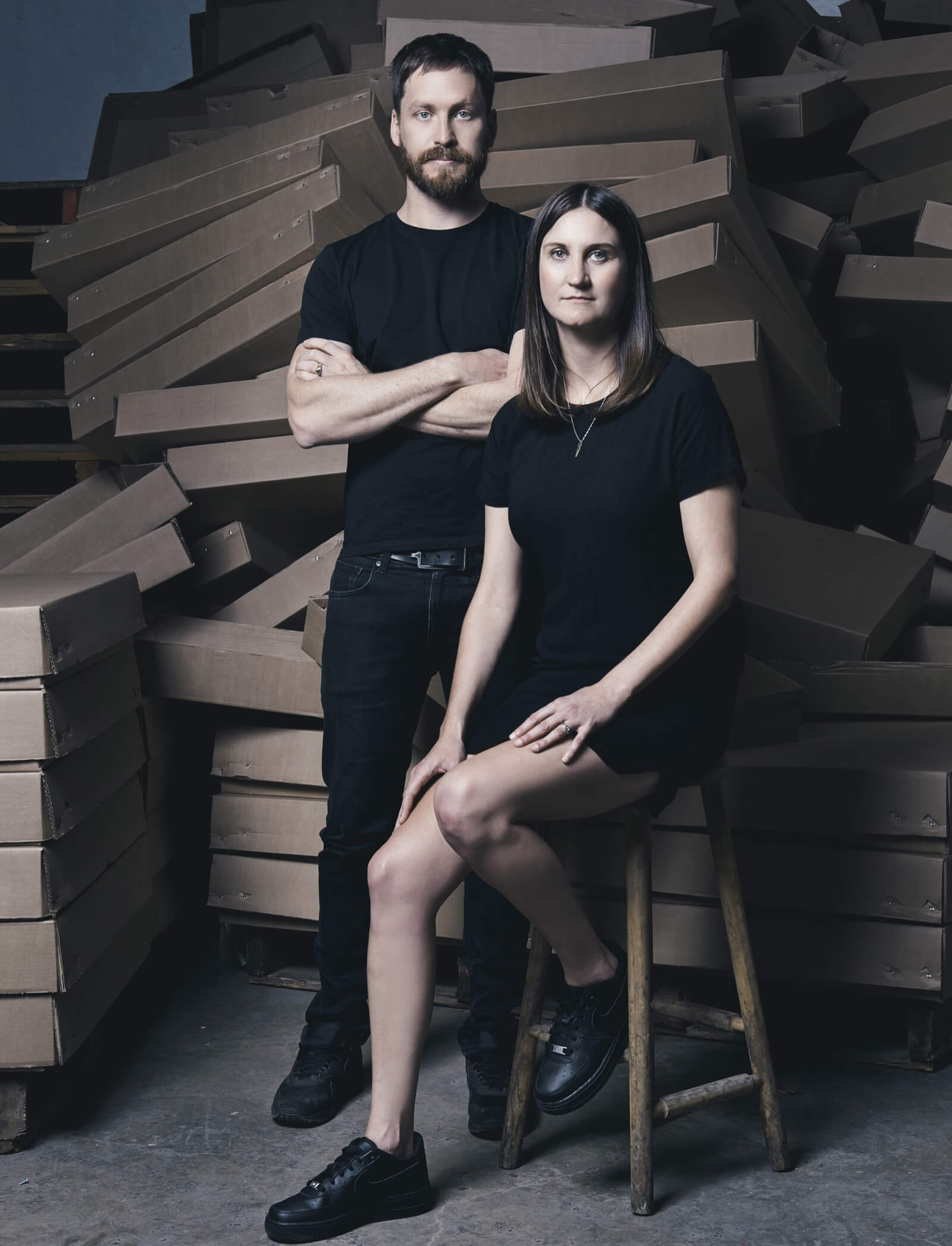
Dokter and Misses
COURTESY: Southern Guild / PHOTOGRAPH: Paul Samuels
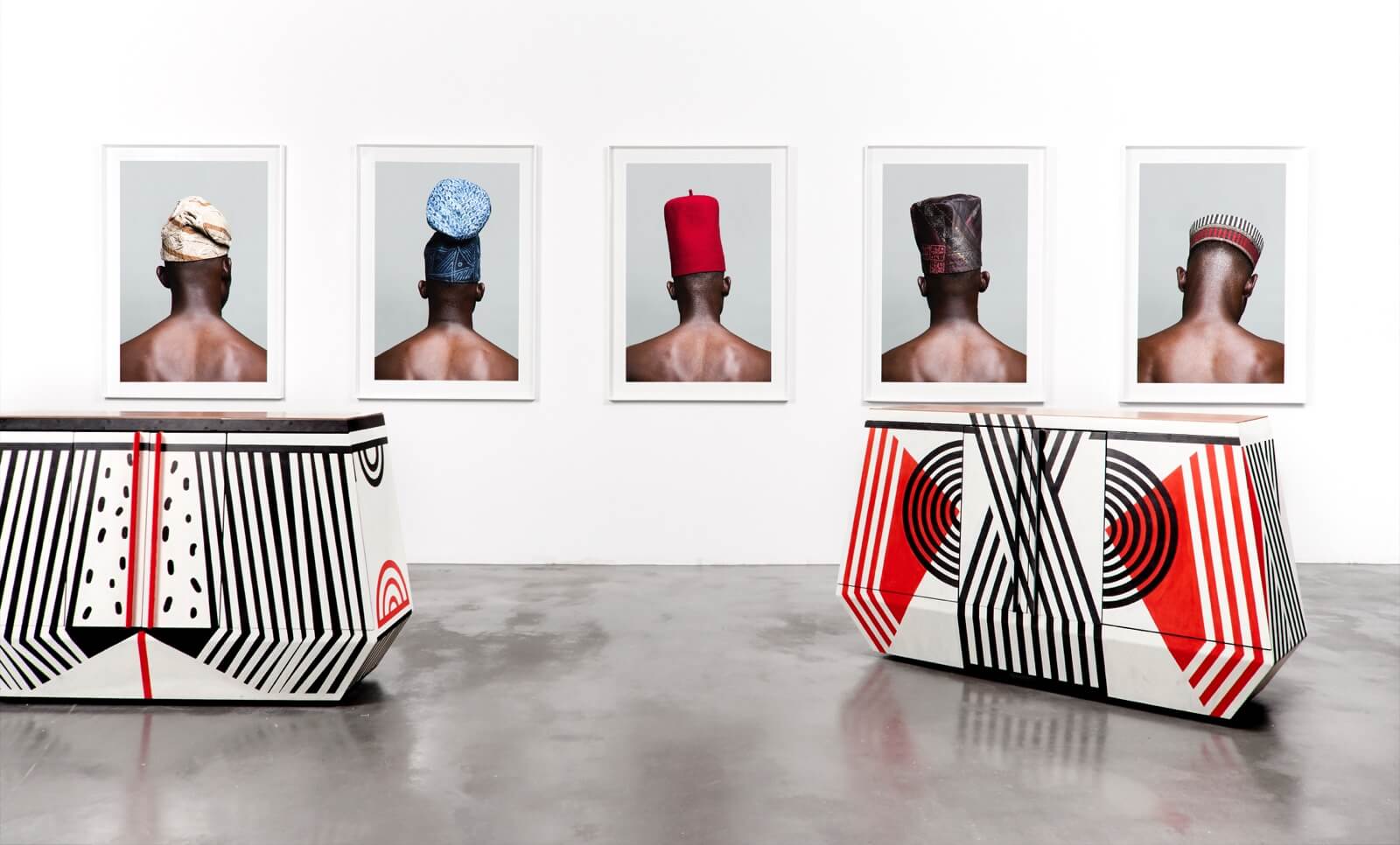
Dokter and Misses, ‘LALA Surma V and VI’, 2015. Photographs in the background by Lakin Ogunbanwo
COURTESY: Southern Guild / PHOTOGRAPH: Anthea Pokroy
PART OF THE contextualism of Africa is that African artist-designers have such a strong seam of local craftsmanship they can harness within their work. Botswana-based, Peter Mabeo, for example (who was part of the original Christie’s line-up but operates independently of Southern Guild) has built up an international reputation for furniture made in collaboration with local artisans including those working in wood, textiles and basketry. He employs 20 people in his Mabeo Furniture workshop, using sustainably sourced timbers such as Panga Panga. As well as creating his own designs, he has collaborated extensively with international architects and designers, including Patricia Urquiola, Patty Johnson, Claesson Koivisto Rune, Luca Nichetto, Garth Robert, Inès Bressand, Francesco Faccin and Scholten & Baijings. He is also a regular at Milan Design Week and ICFF. He says he has learned a lot from working with artisans in his region, saying, “There is a uniqueness about the beauty of African material culture and our rich artistic heritage.”
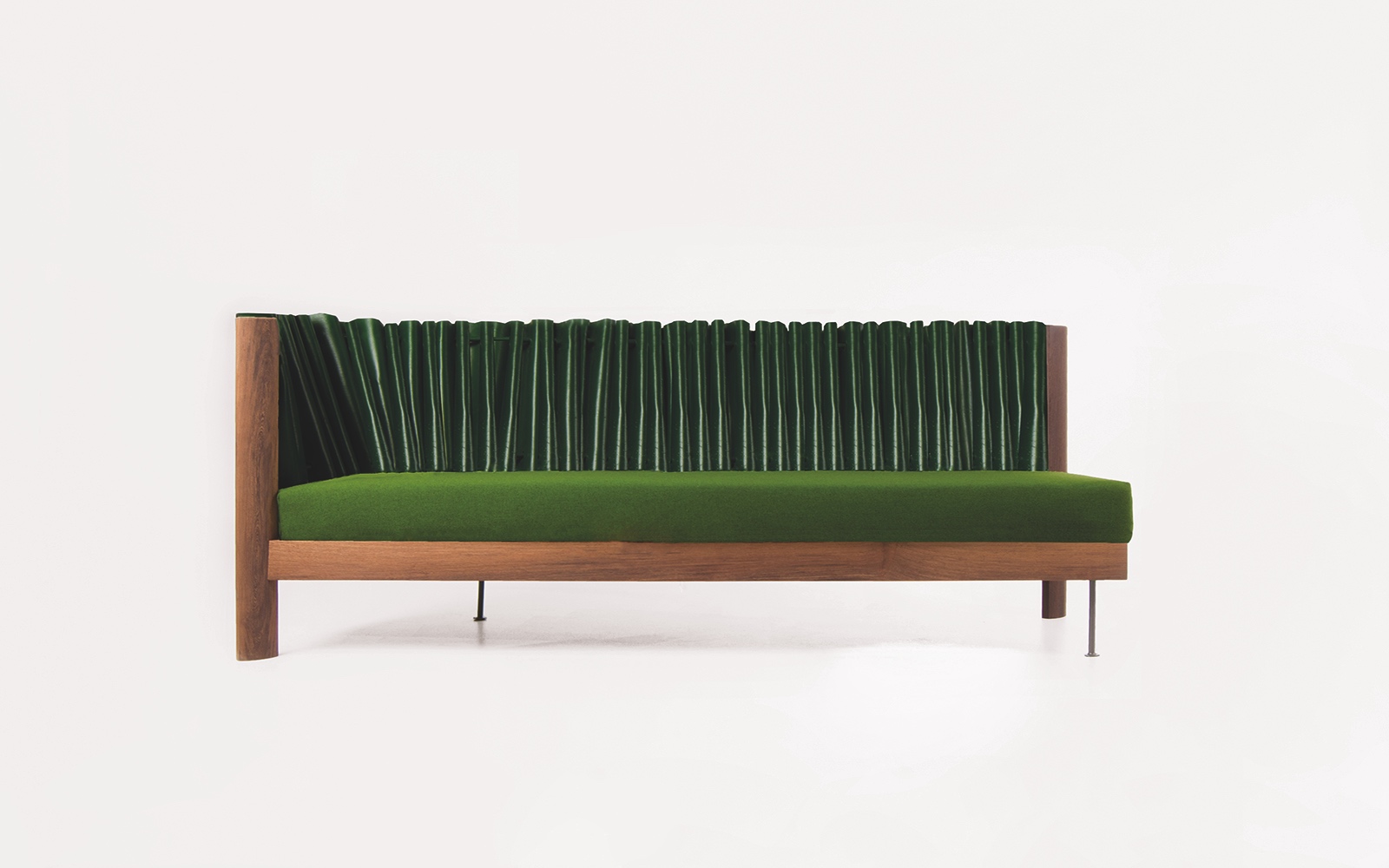
Mabeo, ‘Kona Sofa’, designed by Inès Bressand, 2018
COURTESY: Mabeo
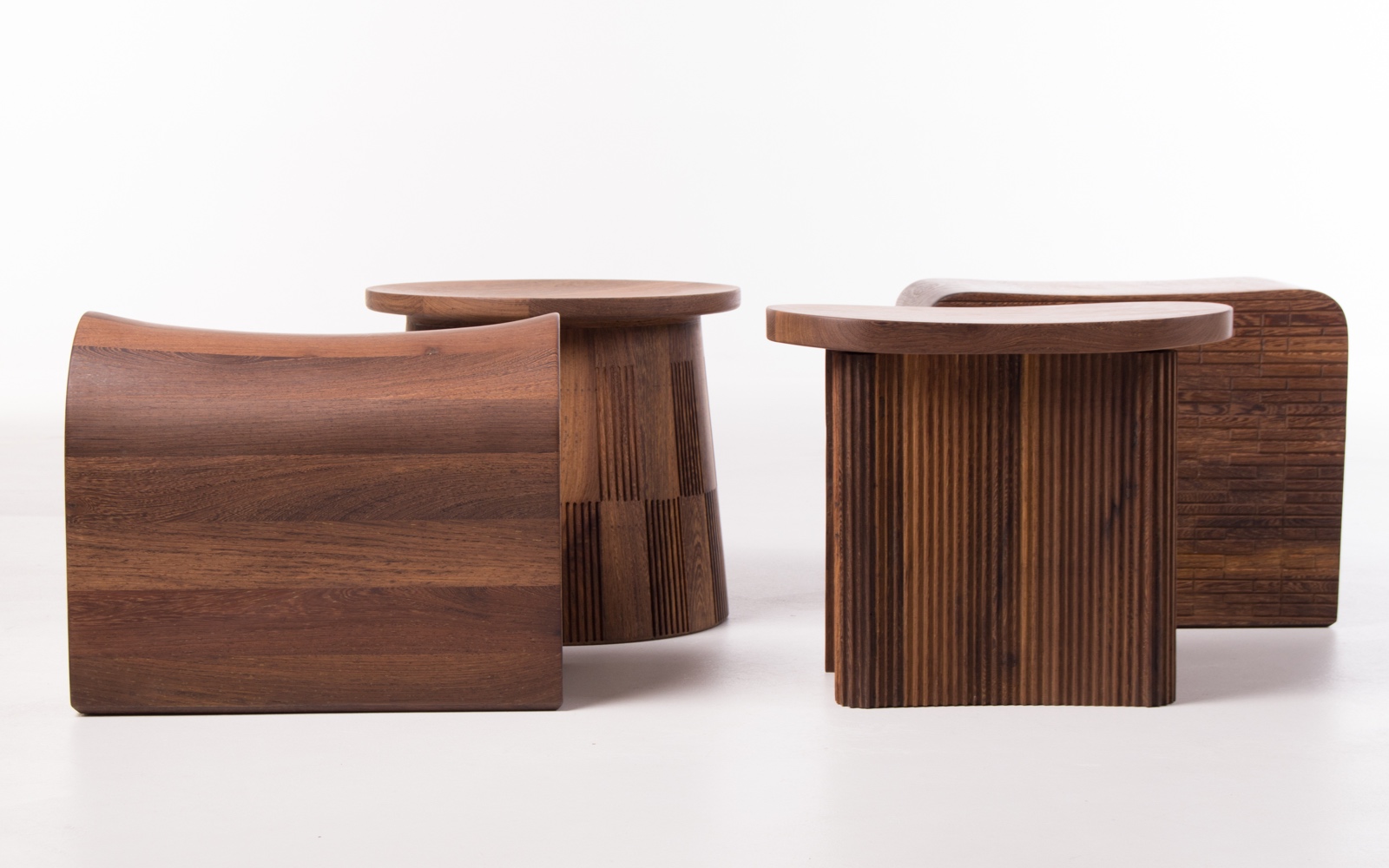
Mabeo, ‘Dira Stool Series’, designed by Vincent Van Duysen, 2018
COURTESY: Mabeo
Interestingly, the collaborative attitude that Africa engenders seems to work both ways. In December, 2015, the LA-based Haas Brothers unleashed a collection of enormous psychedelic mushrooms and bug-eyed fantasy ‘Afreaks’ at Design Miami. They were created in collaboration with not-for-profit African beadworkers, Monkeybiz. The brothers were introduced to Monkeybiz by Southern Guild who collaborated with R & Co on the project. ‘Afreaks’ went on to be shown at the Cooper Hewitt Museum in New York and at Miami’s Bass Museum of Art. The Haases are understandably proud of this project, as Niki Haas explains, not least because the Monkeybiz outworkers proudly proclaimed themselves to be The Haas Sisters, “Afreaks was a community supportive project, but what we were able to do was provide a venue for the work, which tapped into western art markets.”
In 2018, Porky Hefer – who is represented by Southern Guild – was commissioned by SFA Advisory to create a limited-edition collection to benefit the Leonardo DiCaprio Foundation (LCF), which supports eco projects around the world such as protecting vulnerable wildlife from extinction. Titled ‘Endangered’, these giant seating pods are based on the orangutan, polar bear, sloth, blue whale and great white shark, all made from sustainable materials. Hefer collaborated with African craft collectives, Heart Works and Mielie, to translate his ideas into beautifully tactile sculptures through crocheting, felting, stitching and embroidery. As Trevyn McGowan explains, “‘Endangered’ was probably the single most important project we have produced to date. It encompassed everything that we as a gallery stand for: highly original and unique work that has an emotional impact on people; elevates local skills and artisanship; finds new applications for traditional crafts; tells the local story of where the pieces come from, and sends a powerful message about sustainability and wildlife conservation. The editions [three of each creature] have almost sold out, and have thus far raised over $200,000 to protect endangered species through the Leonardo DiCaprio Foundation.”
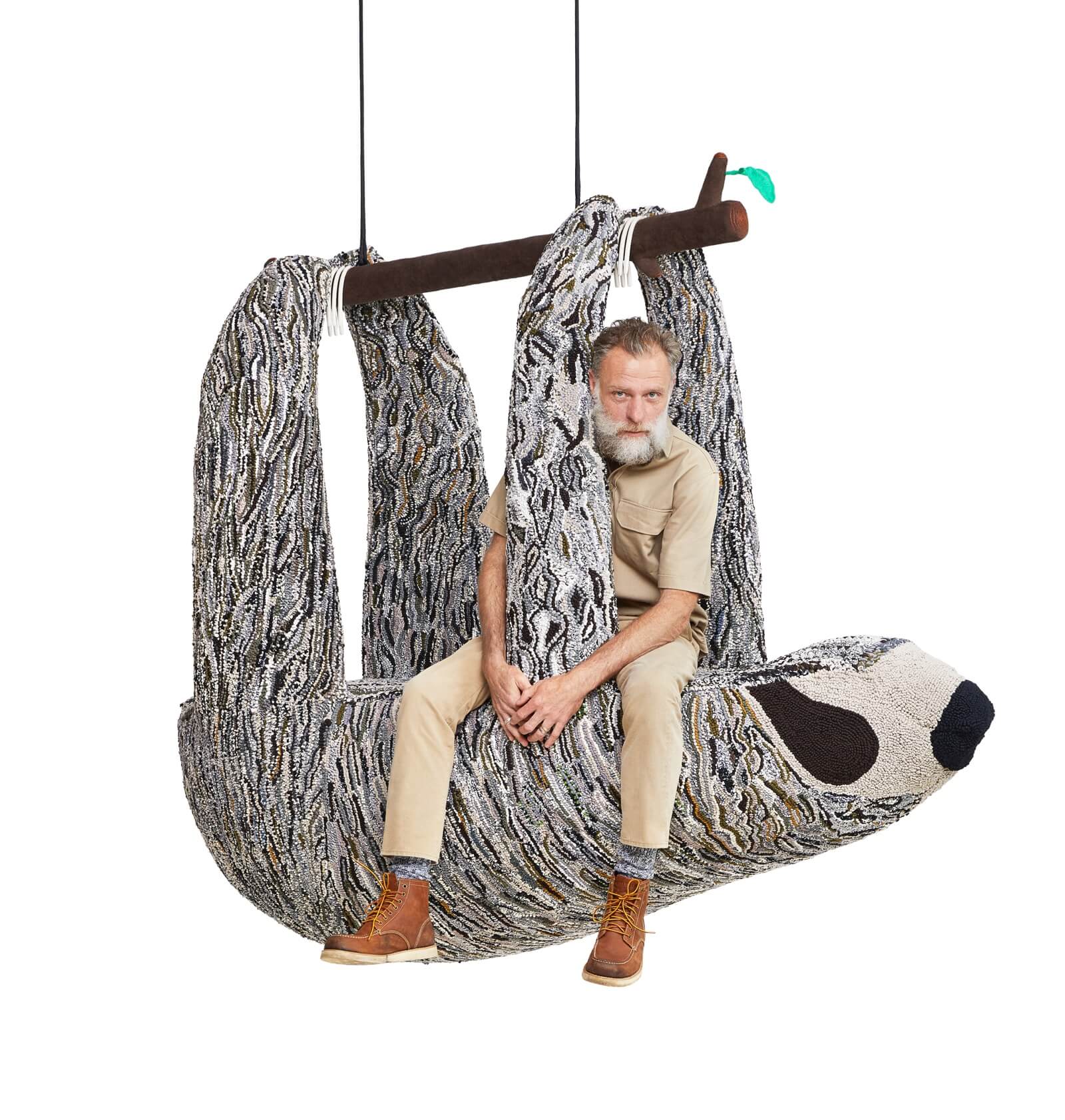
Porky Hefer, ‘Endangered Sloth’, 2018 and Porky
COURTESY: Southern Guild and SFA Advisory / PHOTOGRAPH: Antonia Steyn
“There is a uniqueness about the beauty of African material culture and our rich artistic heritage”
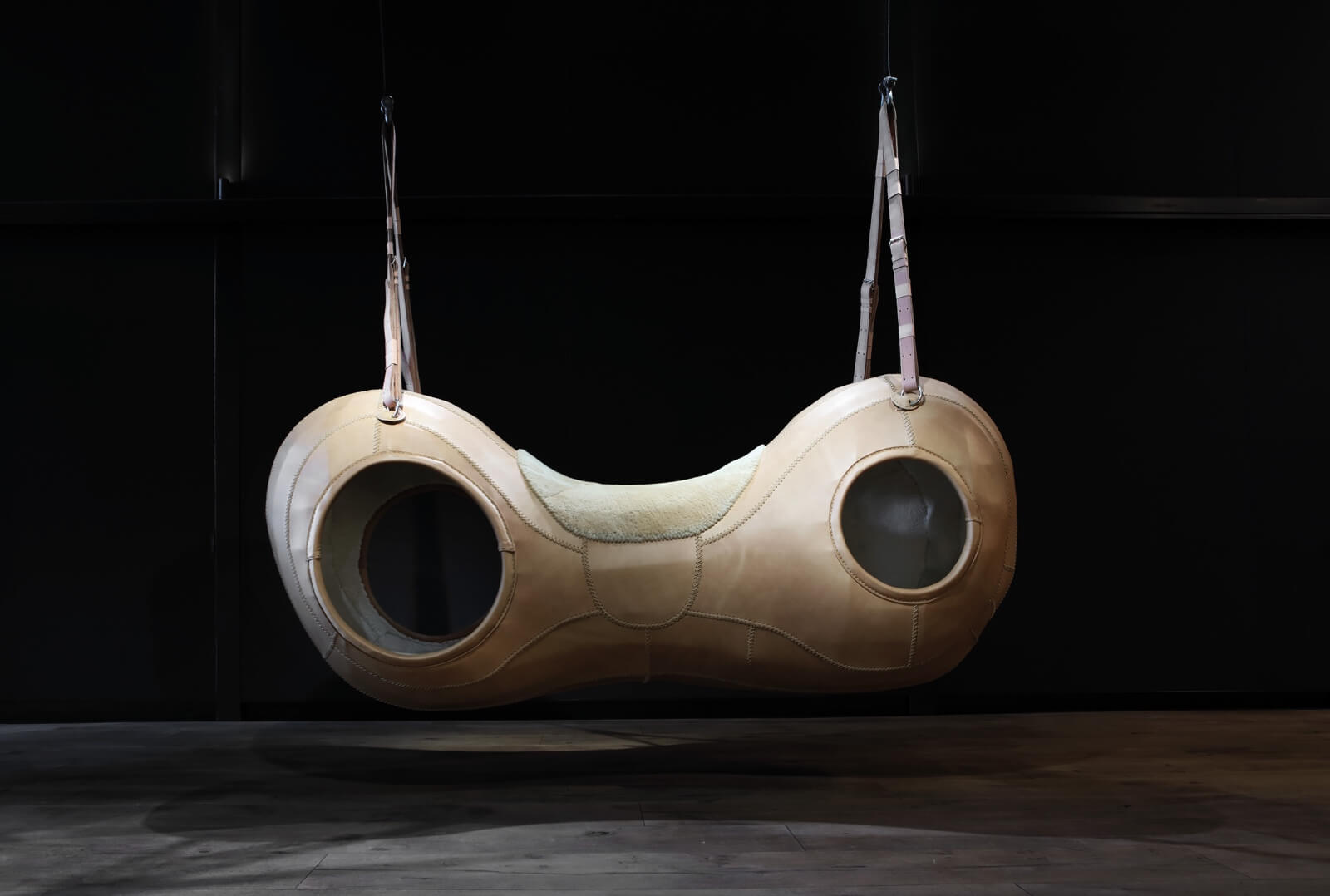
Porky Hefer, ‘James Brown’, 2017
COURTESY: Southern Guild / PHOTOGRAPH: Elsa Young
THIS YEAR, SOUTHERN Guild will be back in London for PAD in October, the first time they have shown at the event. Last year, they showed at Salon in New York for the first time, as well as Design Miami/Basel. Trevyn McGowan is confident that the African contemporary design market is strong – and getting stronger, “Our clients now include top collectors and collections worldwide; we collaborate with fantastic galleries, such as Friedman Benda and R & Co; and our artists have had work shown with museums and auction houses. There is no need for nervousness around this work – and it is still very well priced in terms of international collectible design.” Expect to pay in the region of £25,000 – £35,000 for a top work by one of the Southern Guild artists, but £10,000 will also buy you a significant piece.
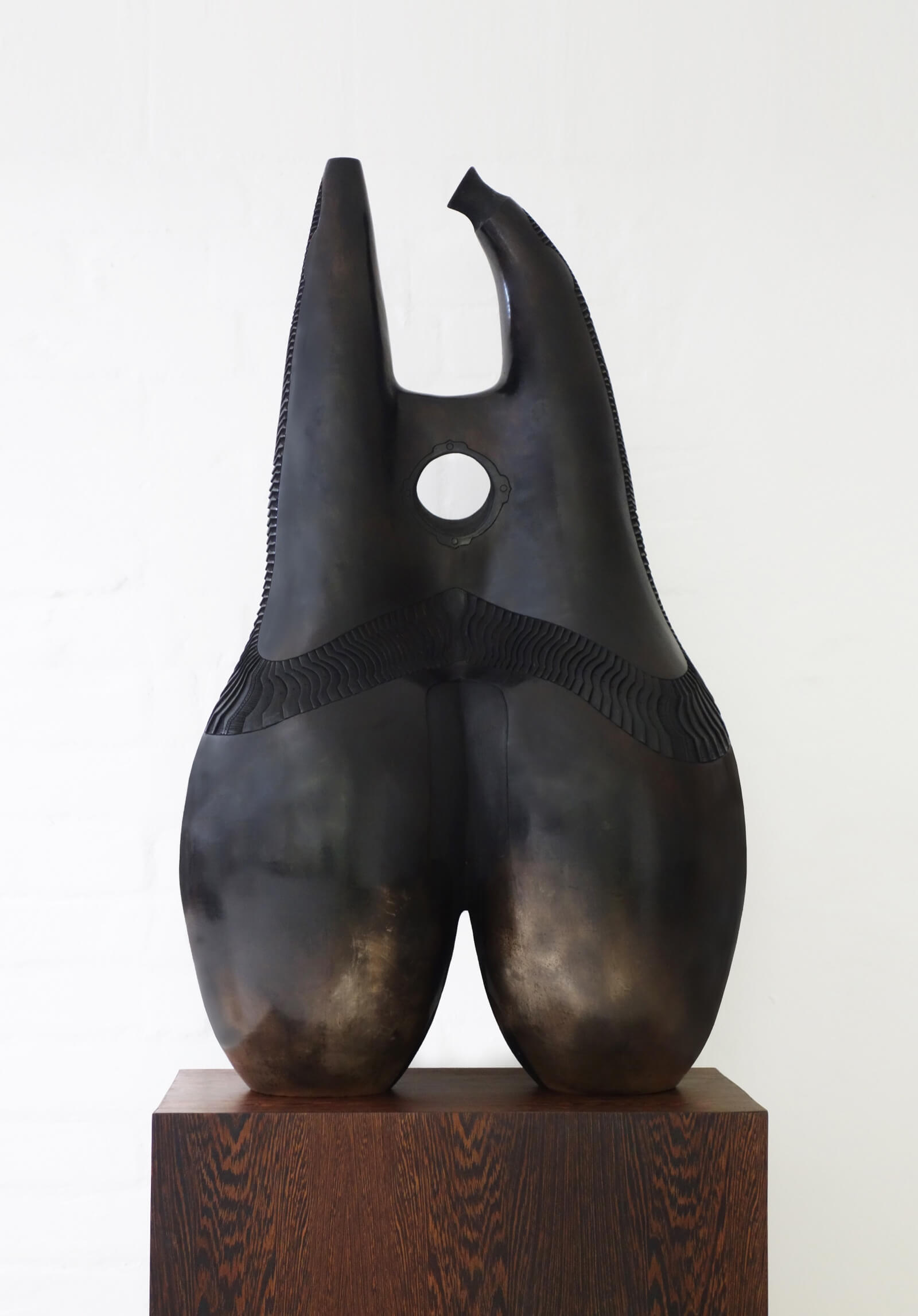
Madoda Fani, ‘Isimomondiya’ (‘Beautiful woman in Xhosa), 2018
COURTESY: Southern Guild
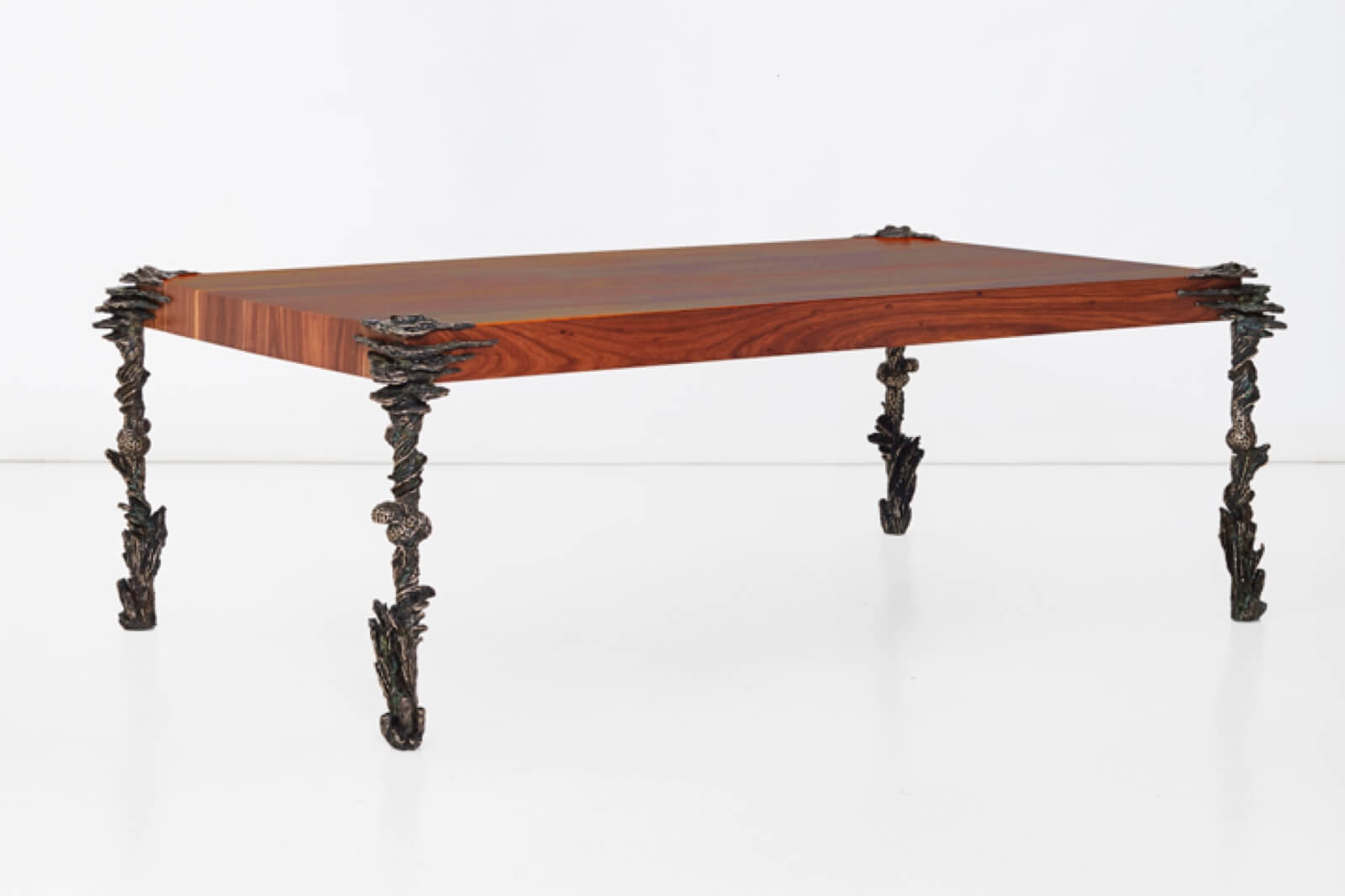
Stanislaw Trzebinski, ‘Meza ya Mwamba’, 2014
COURTESY: Southern Guild / PHOTOGRAPH: Hayden Phipps
It is a view bullishly backed up by Simon Andrews, “I would say that African design conforms to all of the criteria that have been proven in the past to evolve into desirable markets of the future. It is progressive and innovative; it has personality; and it is relevant to time and context. Design is about using materials in a new and expressive way, about looking at things from a different perspective, but above all speaking with a dialect that is new and invigorating. It is for that reason that the Bauhaus movement or the Arts & Crafts movement were important – and the same applies to African contemporary design. That said, this is a developing market, collections are being built – rather than being sold – and so the works have not yet appeared on the secondary market. However, there is no reason why African design should not continue to flourish.”
Southern Guild – provides a platform showcasing the very best of South African Design from the most respected designers and artists in the country.
Mabeo Furniture – a furniture and accessories brand from Botswana, Africa.
